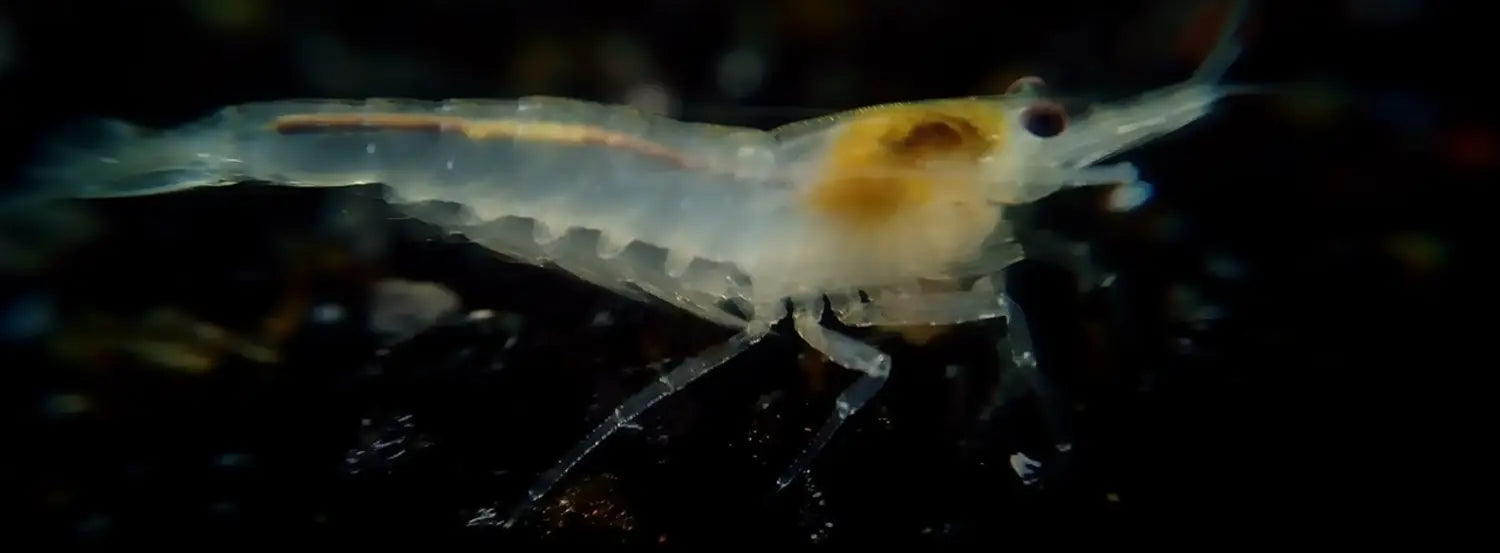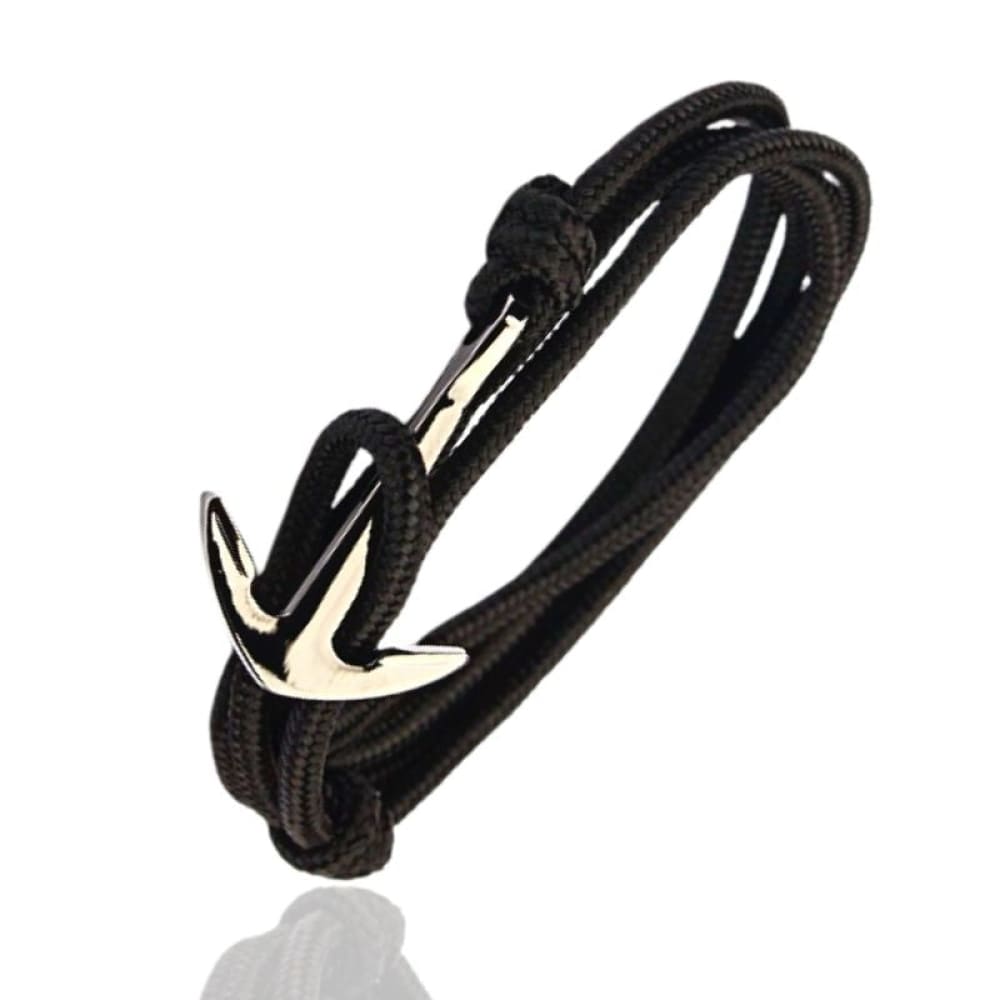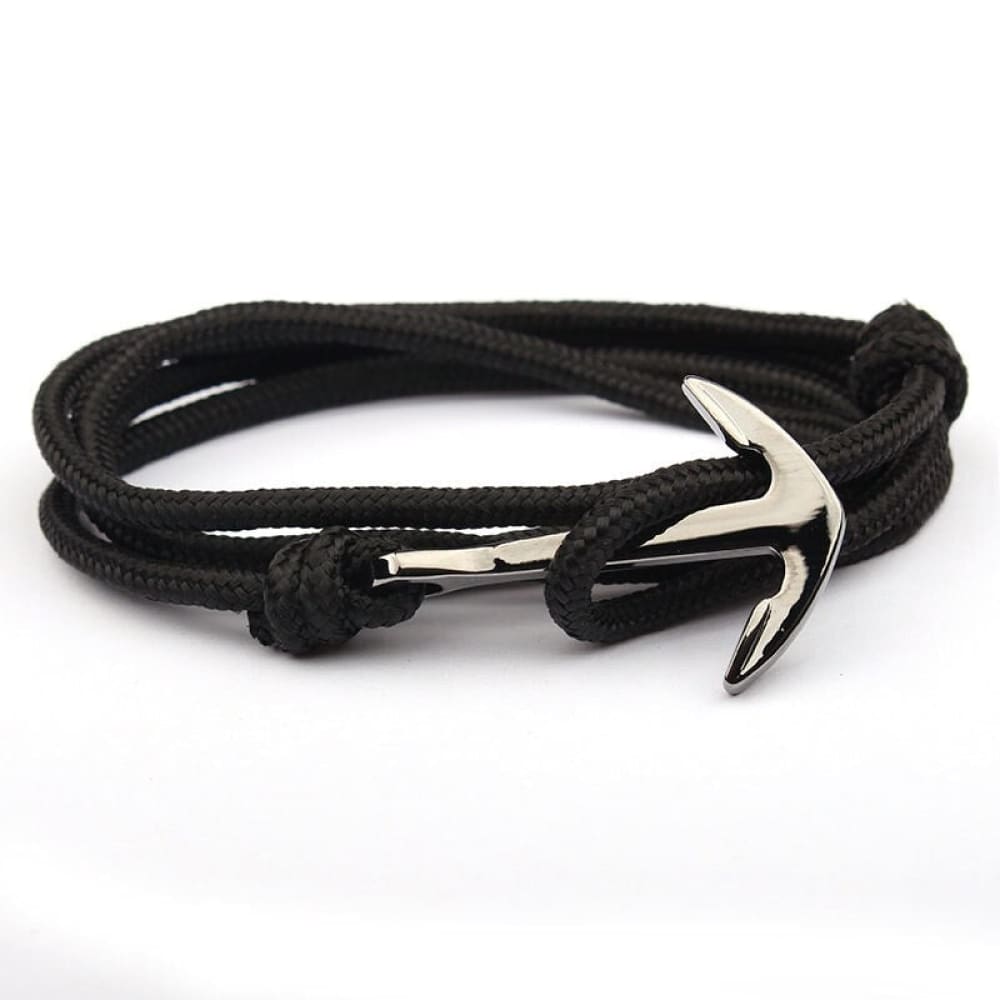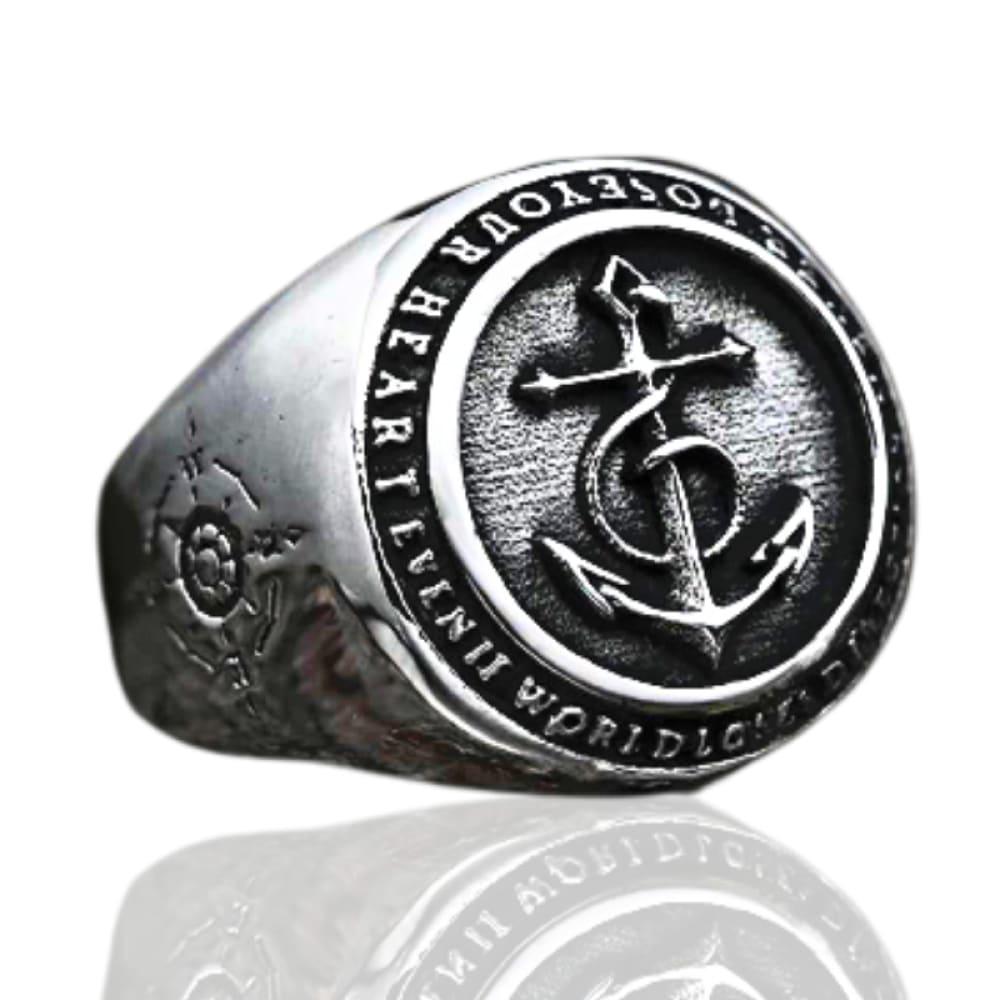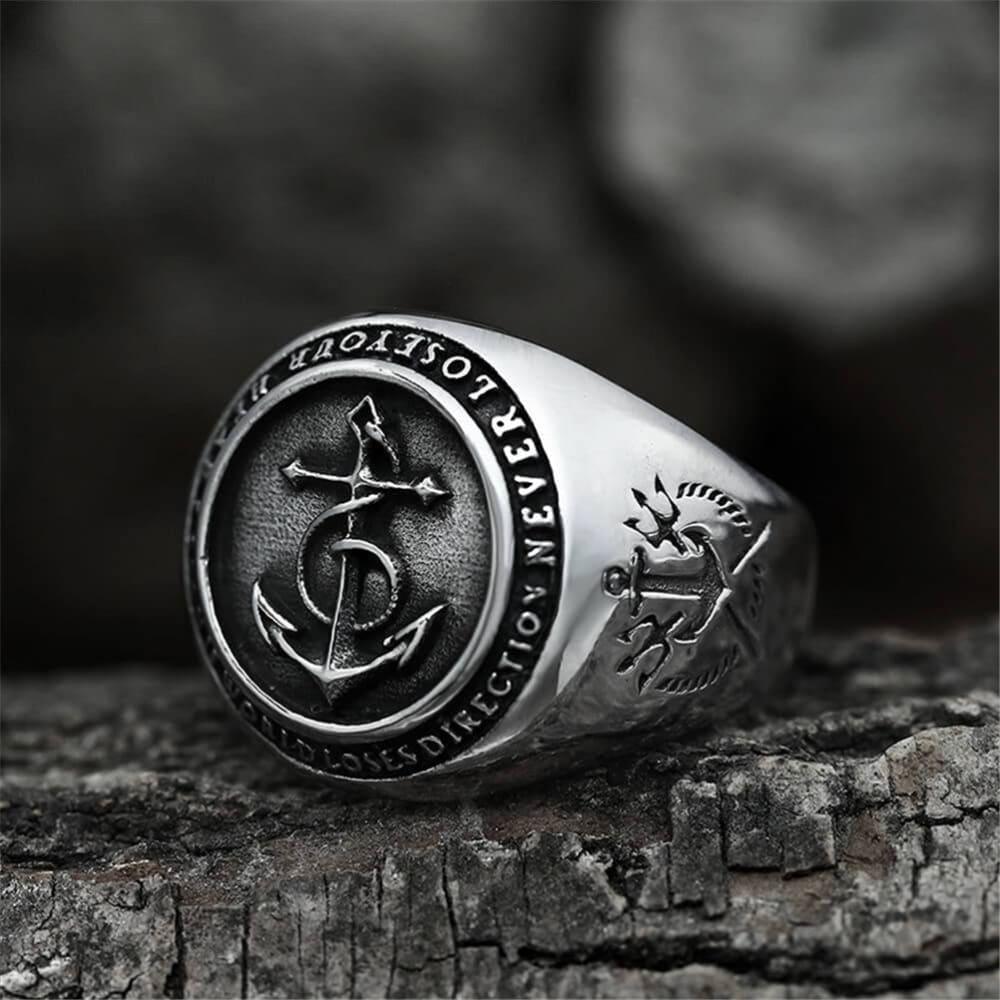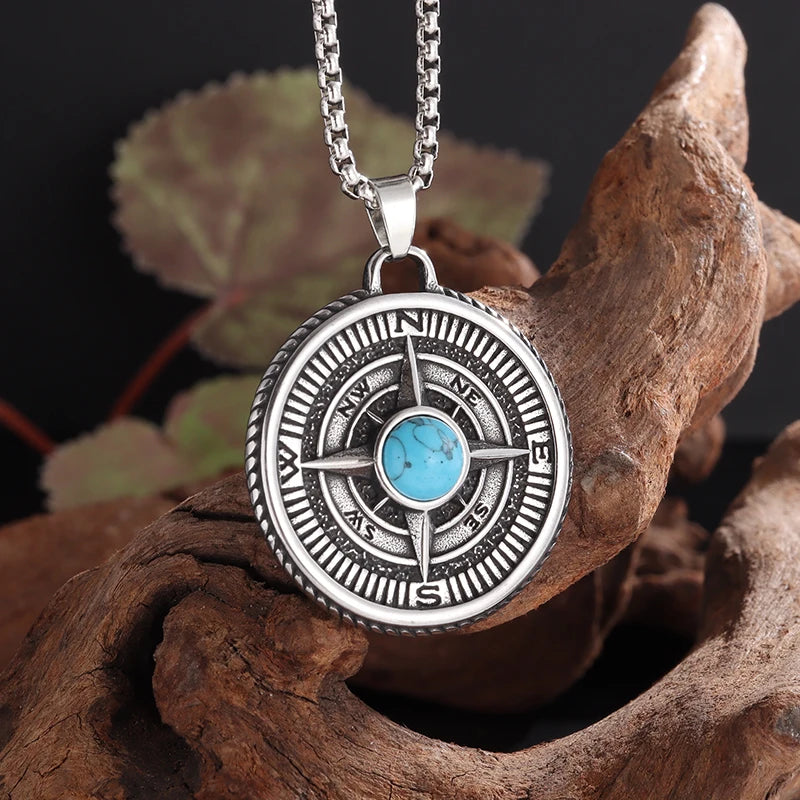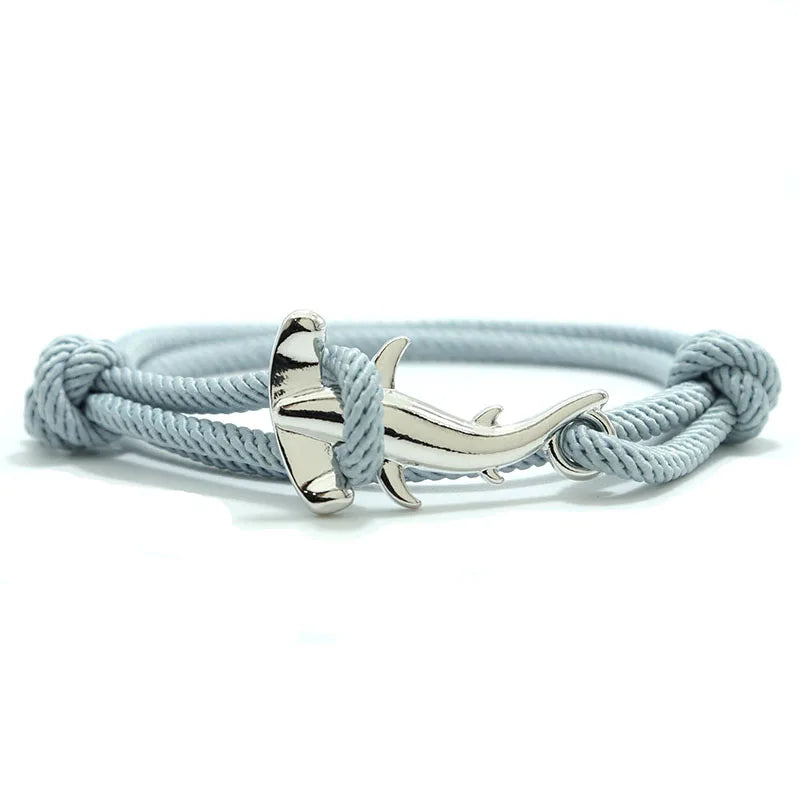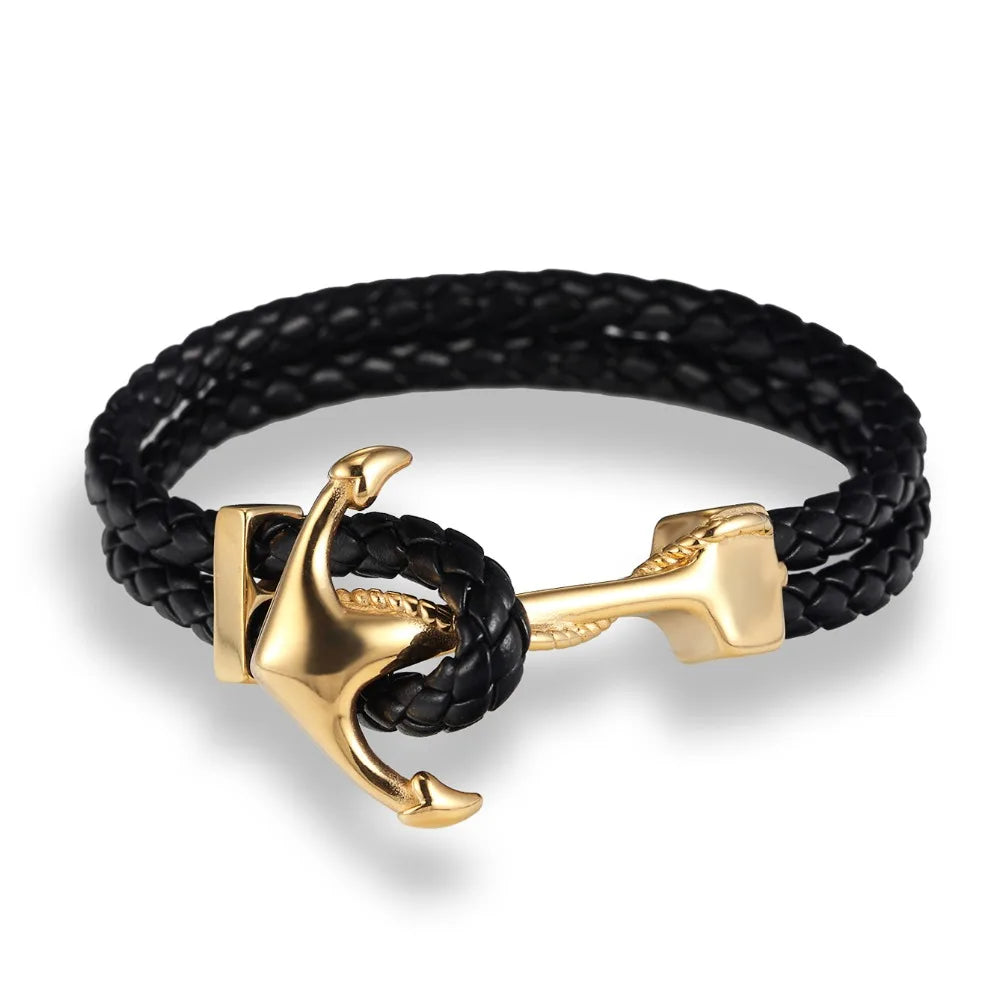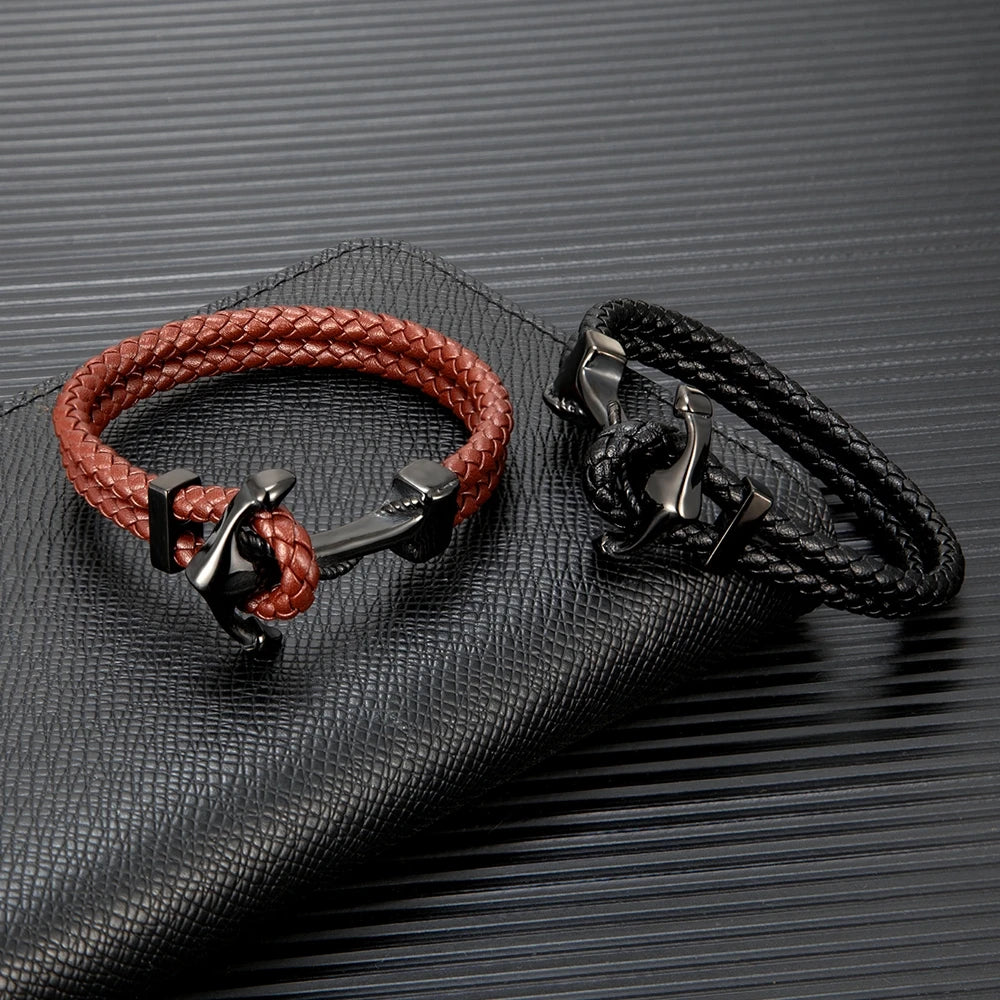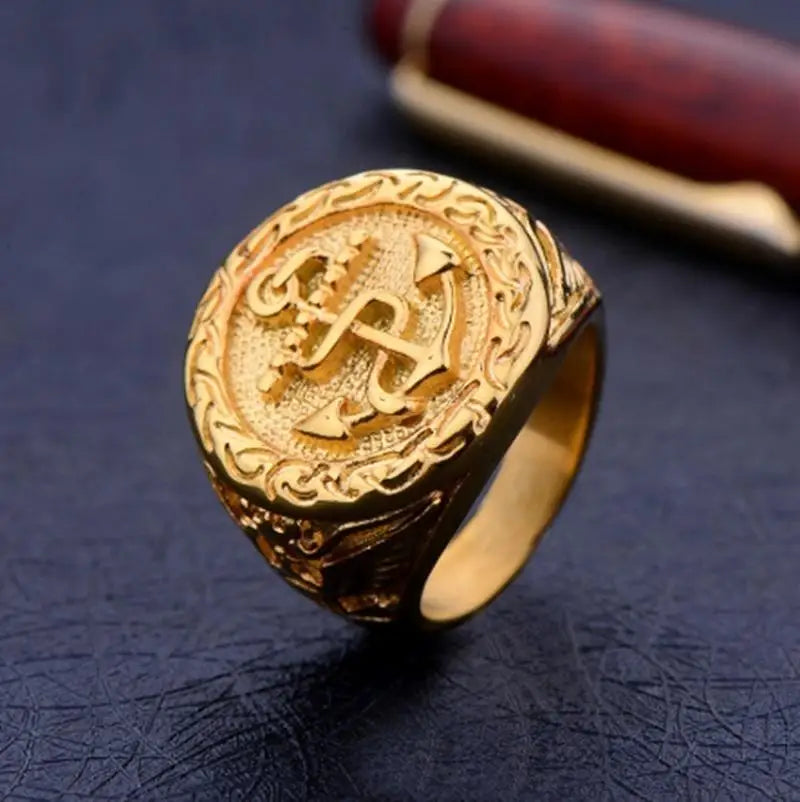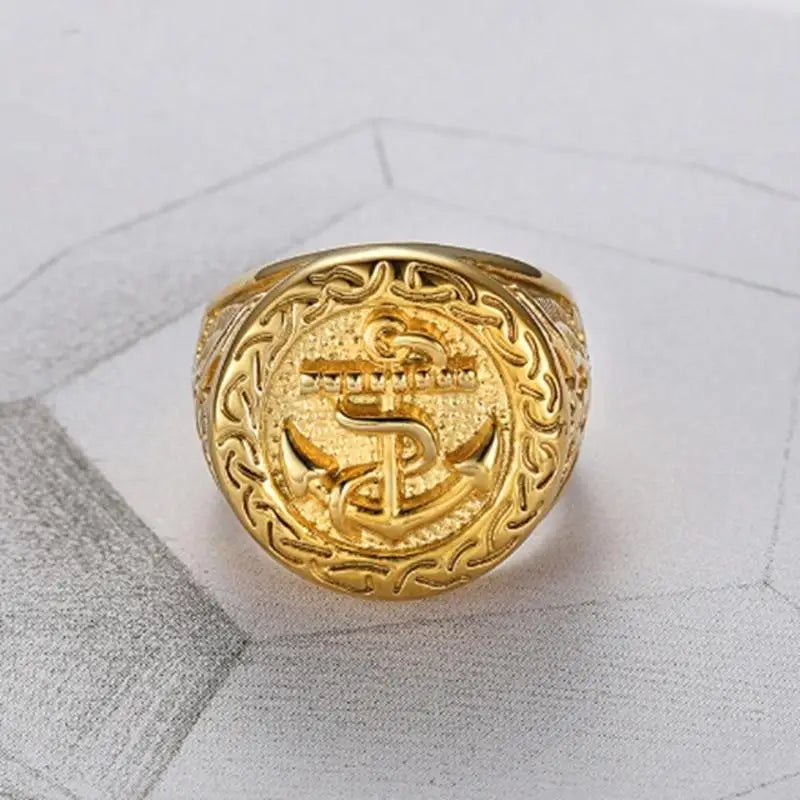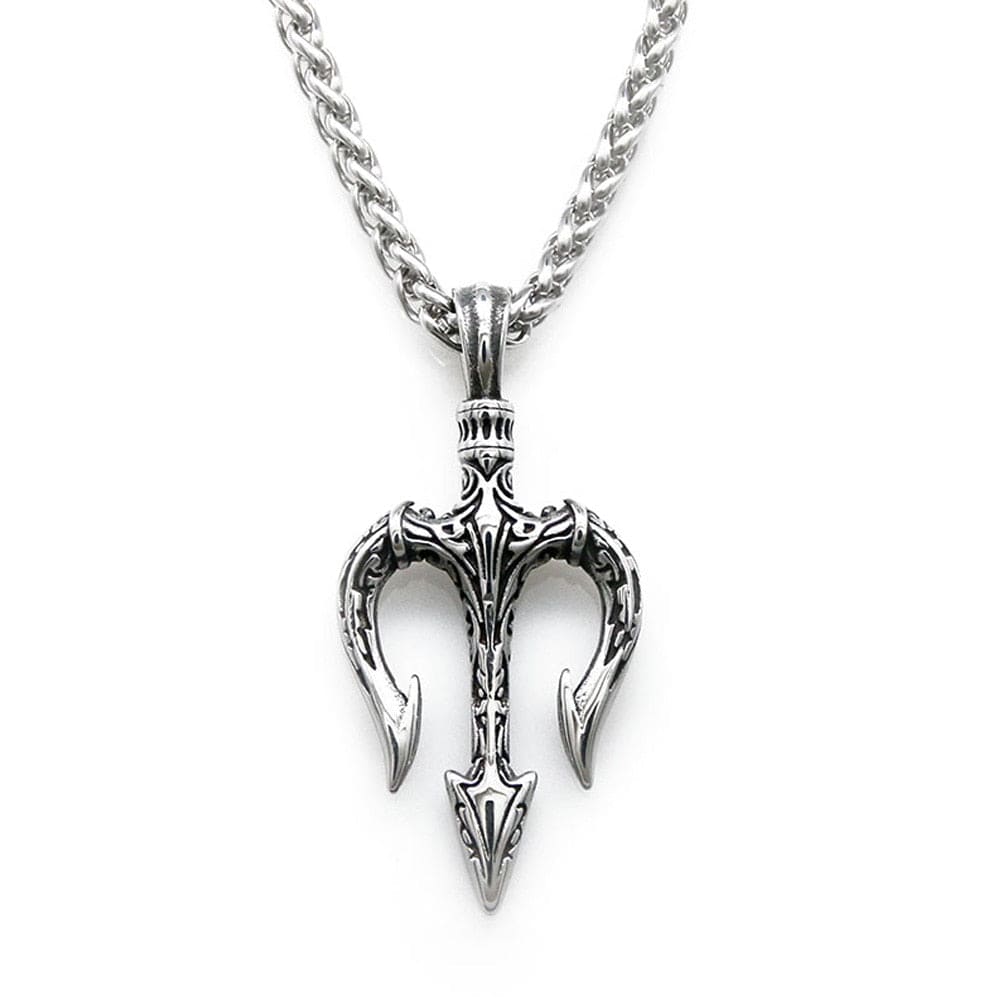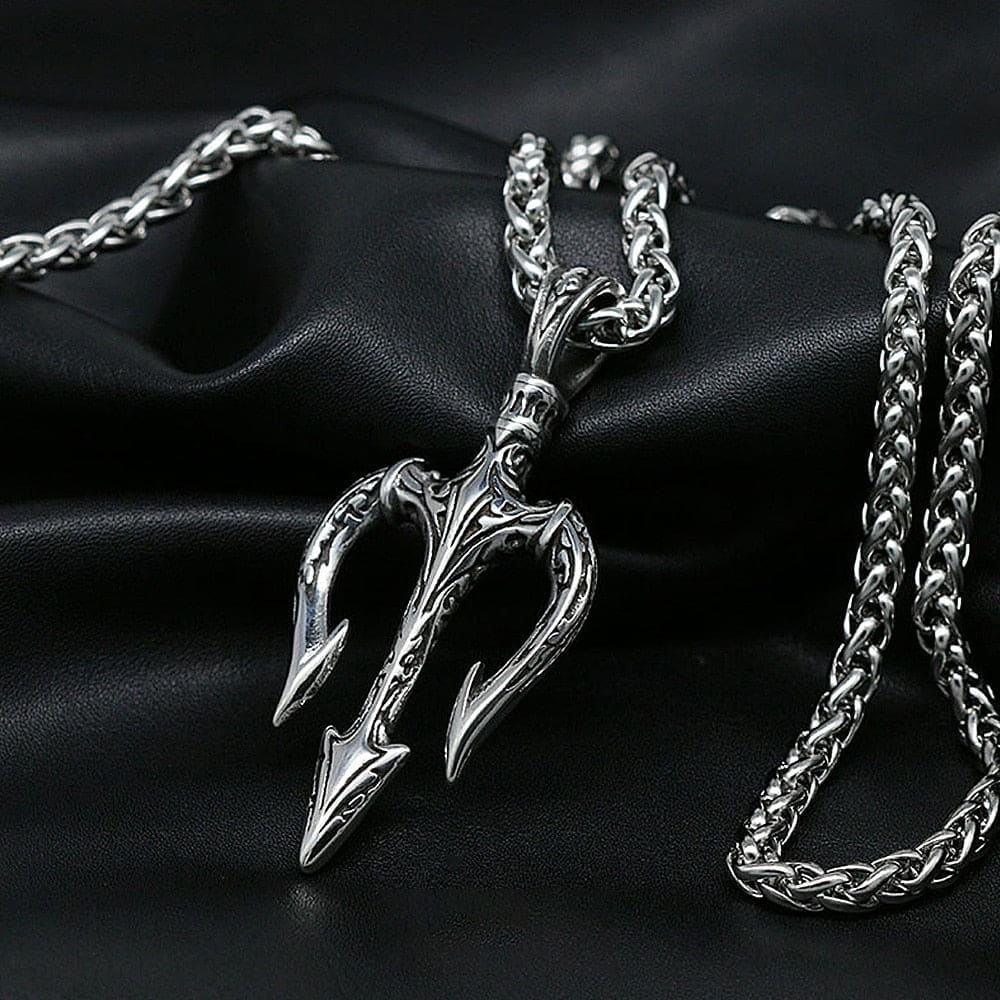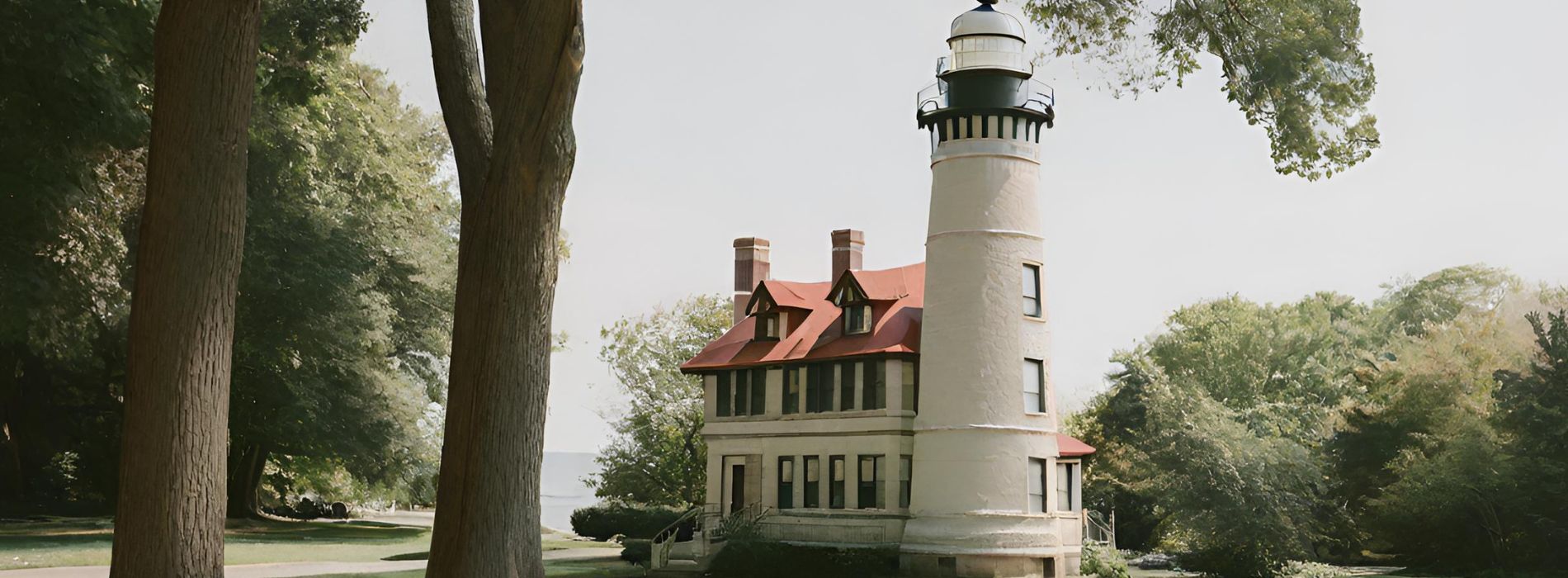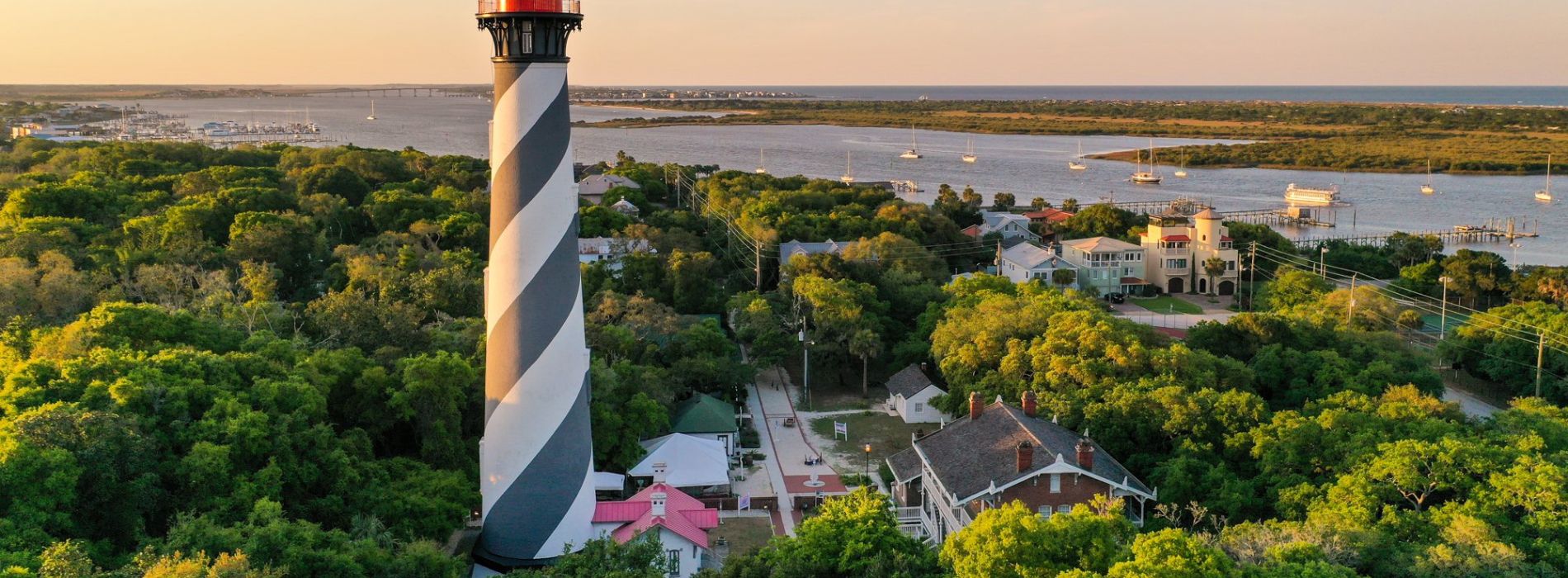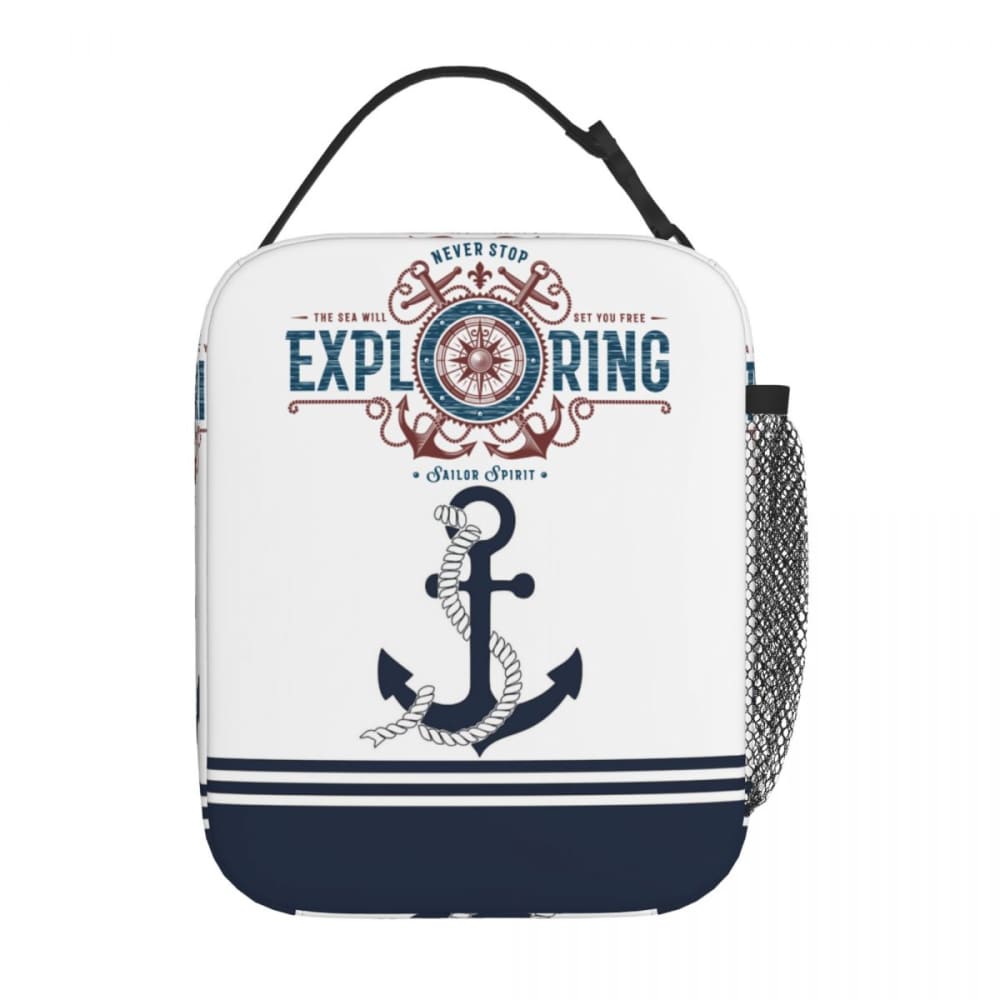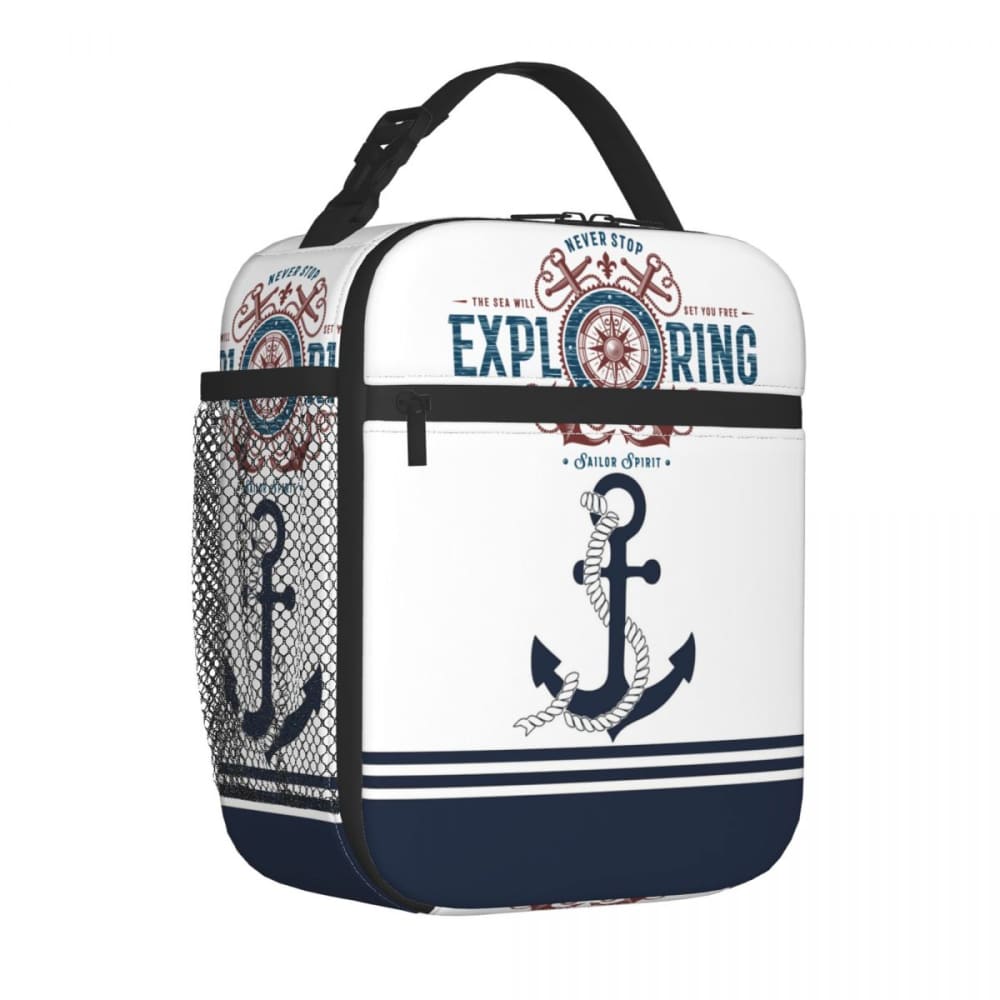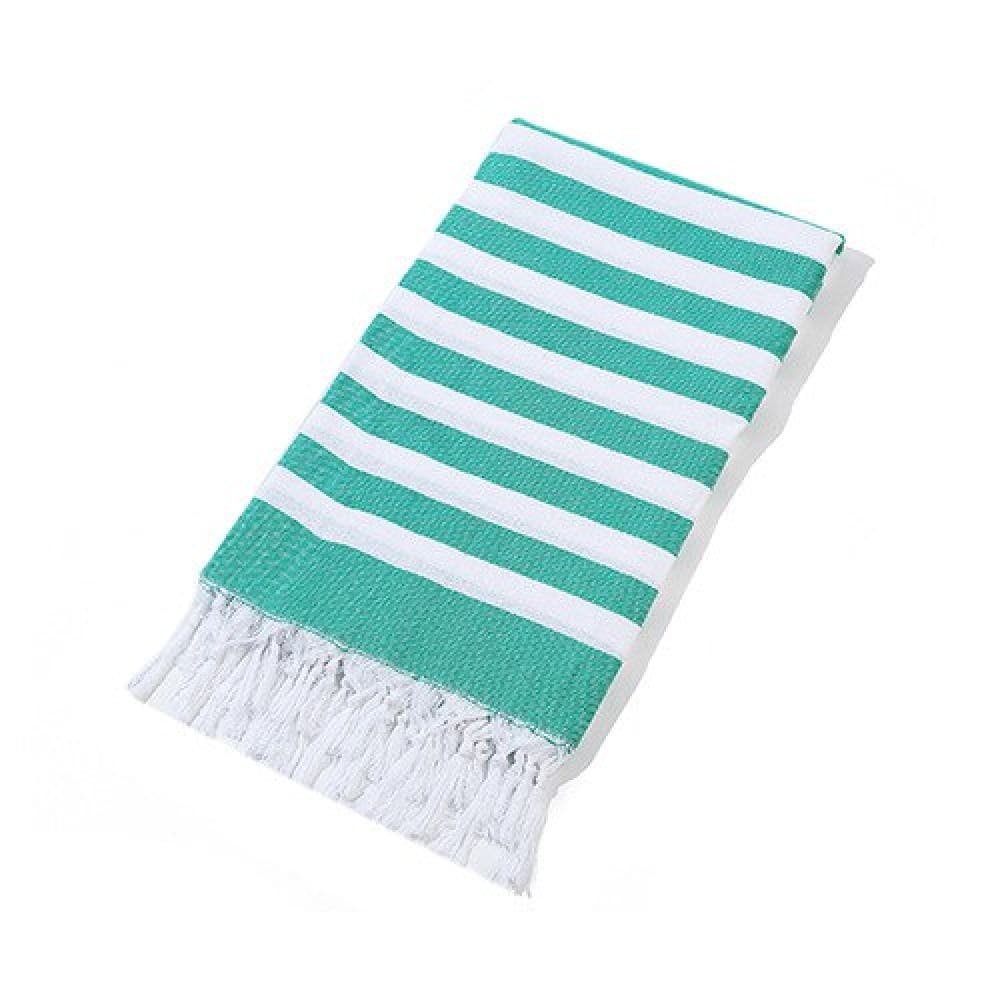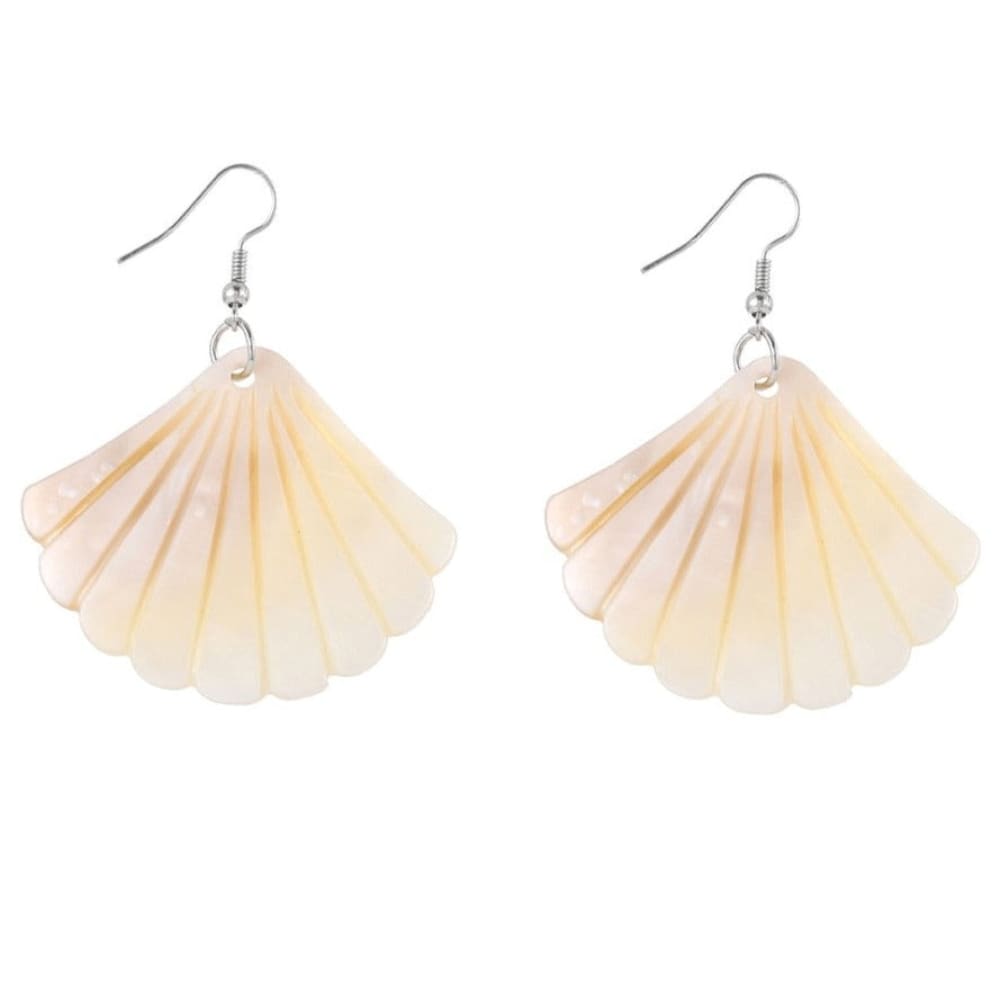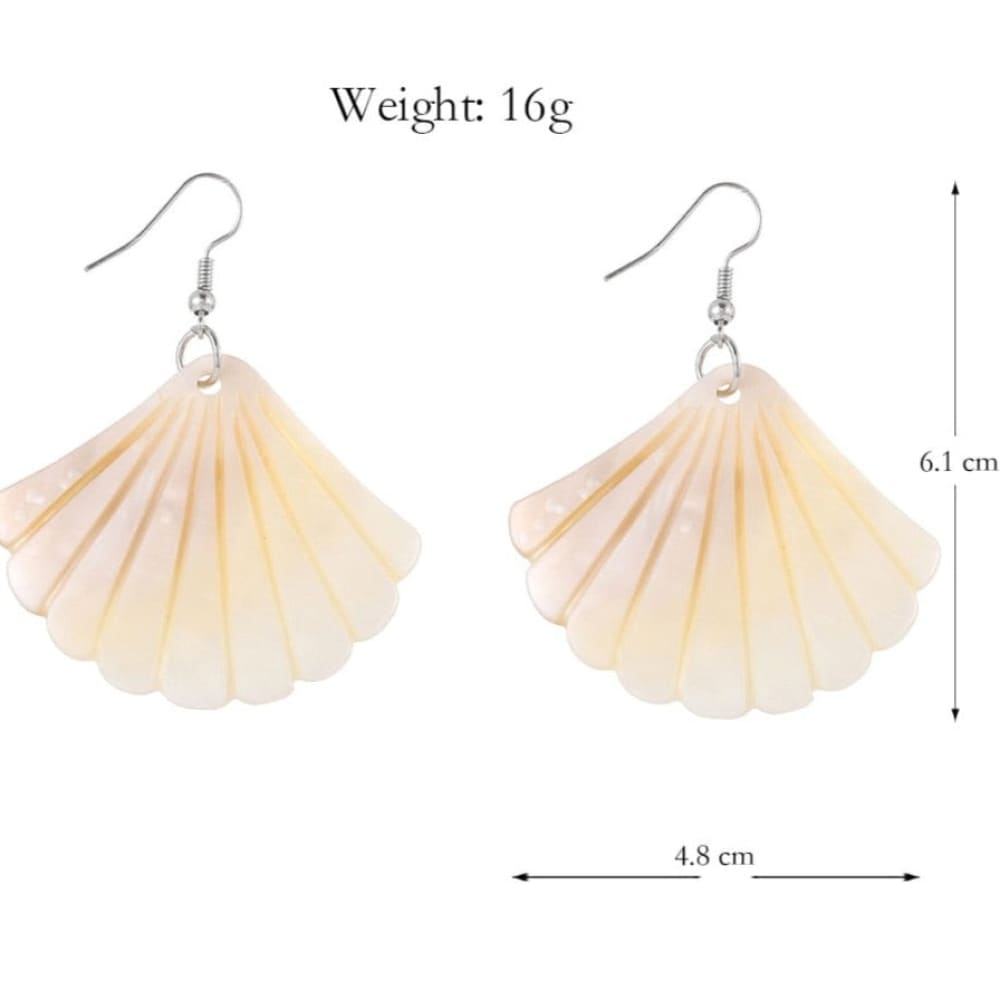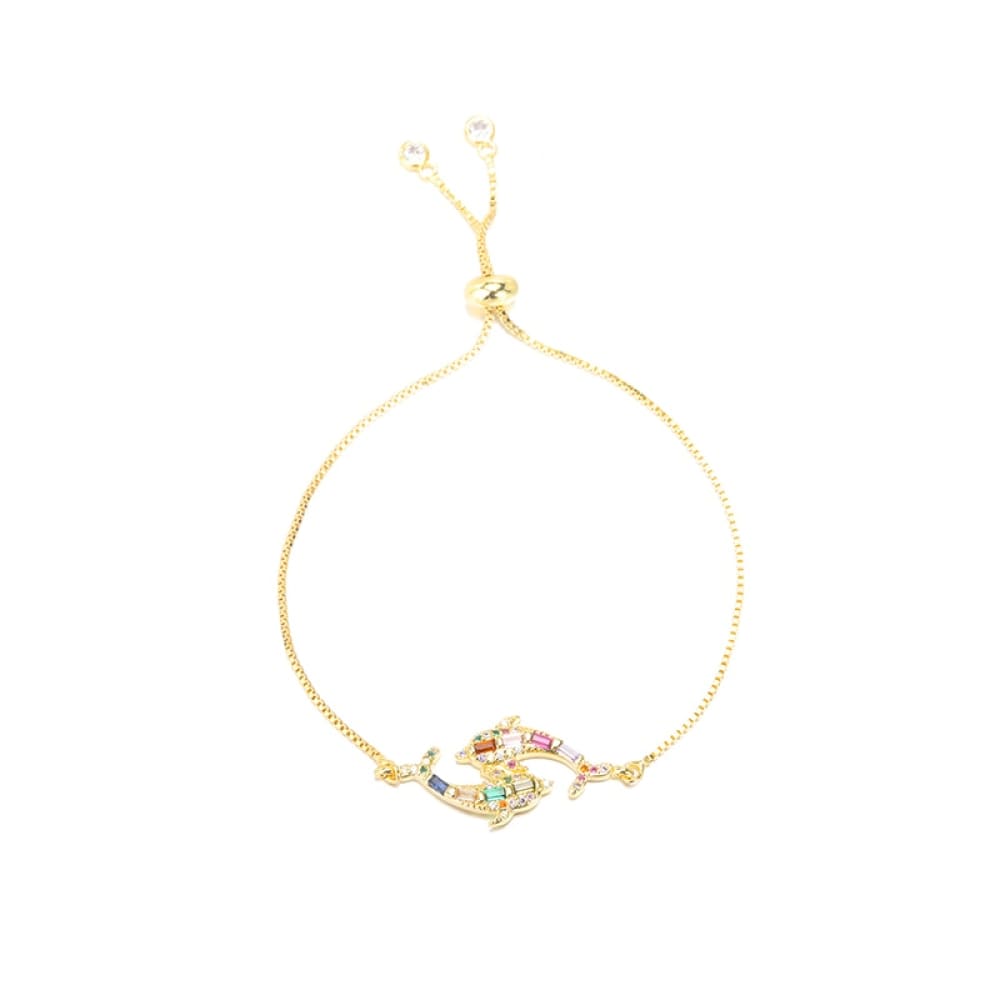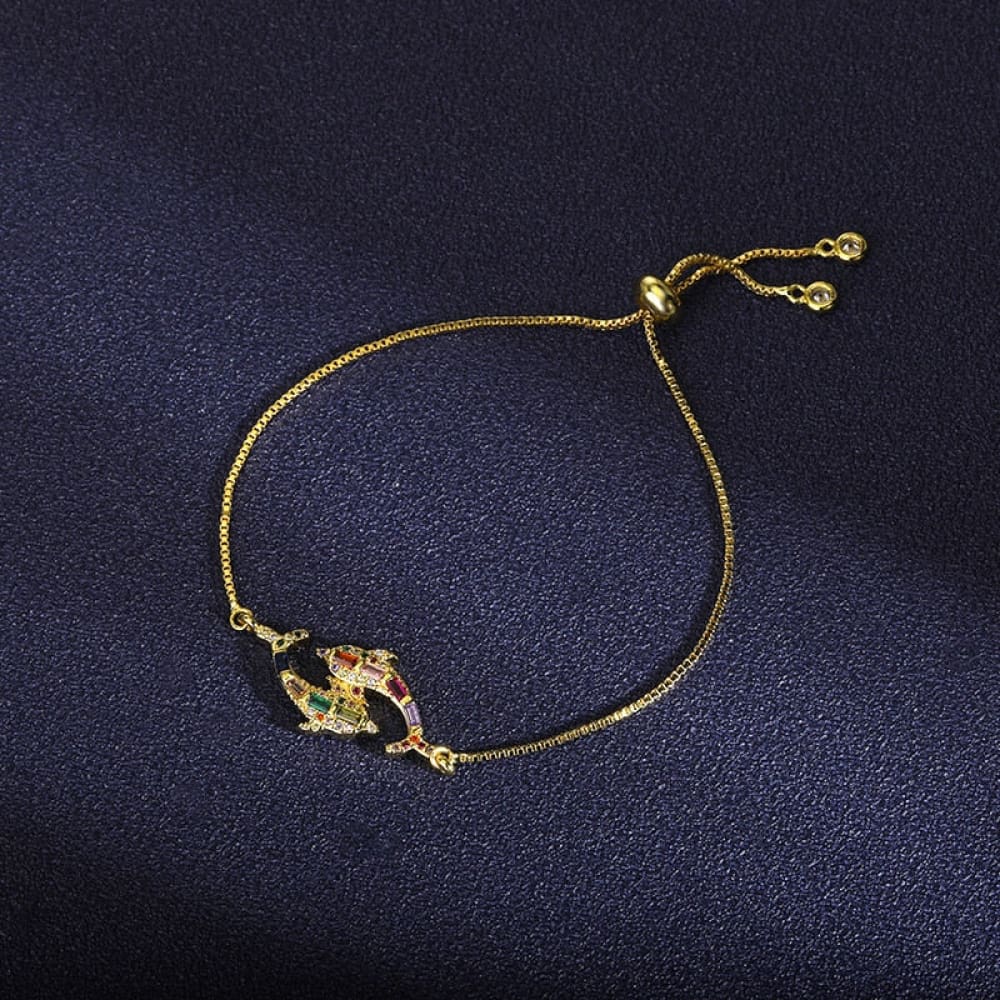The mesmerizing beauty of the ocean world captivates and inspires us in countless ways. Within its depths lies a hidden world of vibrant marine life, each organism playing a crucial role in the delicate balance of the ecosystem. One such fascinating creature is krill, a small but mighty crustacean that holds immense importance in the marine food chain. In this article, we will dive deep into their world, exploring their role in the Antarctic ecosystem, their unique characteristics, and their significance to the planet.
The Lowly Krill: A Giant-Sized Link in the Food Chain
Krill (scientific name: Euphausiacea) are small, shrimp-like crustaceans that measure an average of only two inches in length. Despite their diminutive size, they are a vital component of the global food chain. These tiny giants serve as the primary food source for numerous species, ranging from fish to birds to baleen whales. They are herbivores, feeding on phytoplankton, microscopic single-celled plants that drift near the ocean's surface and derive their sustenance from carbon dioxide and sunlight.
The Antarctic Krill: Pink Opaqueness and Ecological Significance
Among the various species, the Antarctic one (Euphausia superba) stands out as one of the largest and most significant. Estimated to range from 125 million to 6 billion tons in the waters surrounding Antarctica, these pink and opaque creatures congregate in swarms so dense that they can be observed from space during certain times of the year. Despite being heavily hunted, Antarctic species can live up to 10 years, a remarkable feat considering the challenges they face.

During the day, Antarctic krill navigate the depths of the cold Antarctic Ocean, residing approximately 320 feet below the surface to evade their predators. However, as night falls, they ascend the water column in search of phytoplankton near the ocean's surface. Sadly, recent studies reveal a decline of up to 80 percent in Antarctic one stocks since the 1970s. Scientists attribute this decline, in part, to the loss of ice cover caused by global warming. The reduction in ice cover removes a primary food source for its: ice-algae.
Importance of Krill in the Antarctic Ecosystem
The Antarctic ecosystem heavily relies on the abundance of krill. These small crustaceans serve as a critical link between primary producers like phytoplankton and higher trophic levels. Numerous marine animals, including penguins, seals, and whales, depend on them for their survival. Baleen whales, in particular, are known to undertake extensive migrations to Antarctic waters during the summer months, where they feast on the vast swarms of them. Without these crustacean, the intricate web of life in the Antarctic ecosystem would be severely disrupted.
The Threats Facing Krill

these little shrimps face multiple threats that endanger their populations. Climate change-induced ice cover loss is a significant factor impacting their food supply. Additionally, overfishing poses a threat to their survival. It is extensively harvested for a variety of purposes, including human consumption, fish feed production, and extraction of its oil. The increasing demand for these products has led to concerns about the sustainability of their fisheries and the potential ecological consequences of their depletion.
The Fascinating Life Cycle of Krill
They exhibit a complex life cycle, involving multiple stages and remarkable adaptations. The reproductive process begins with the release of eggs by female into the water, which hatch into larvae known as nauplii. These nauplii undergo molting and development, gradually transforming into juvenile. As they continue to grow, they molt periodically, shedding their exoskeleton to accommodate their increasing size. The molting process allows them to regenerate lost limbs and appendages, ensuring their continued survival in the harsh Antarctic environment.

Krill and Human Benefits
While the primary focus of their research lies in their ecological significance, they also offer several benefits to humans. their oil, derived from the crustaceans, is rich in omega-3 fatty acids, which are known for their potential health benefits. These fatty acids have been linked to cardiovascular health, brain function, and reducing inflammation. Additionally, they serve as a valuable resource in the aquaculture industry, providing a sustainable and nutritious feed source for farmed fish and shrimp.
Conservation Efforts for Krill
Recognizing the importance of them in maintaining the health of the Antarctic ecosystem, various conservation initiatives have been implemented to safeguard their populations. These efforts include the establishment of marine protected areas, the monitoring of fishing practices, and the promotion of sustainable harvesting practices. Collaboration between governments, scientific organizations, and the fishing industry is crucial in ensuring the long-term sustainability of this shrimp populations and minimizing the impact of human activities.

Our kast word...
Krill, the tiny giants of the ocean, play an indispensable role in maintaining the delicate balance of marine ecosystems. Their dependence on phytoplankton, and their position as a vital food source for numerous species, underscores their significance in the global food chain. As we navigate the challenges posed by climate change and overfishing, it is essential to recognize the importance of conserving their populations and protecting their habitats. By doing so, we can help ensure the continued vitality and resilience of the mesmerizing ocean world that we hold dear.
"The small but mighty crustaceans, are the unsung heroes of the ocean, fueling the intricate web of life that thrives beneath the waves."
We hope you've enjoyed the article about th wonderful krill!
Feel free to subscribe to our private newsletter to receive more exclusive article. You will also receive a 10% bonus discount for our sea world catalogue. You will be notified via email whenever we release a new wonderful jewelry piece of the ocean !
Feel free also to go check out our website, we provide the best sea content and we offer you the best nautical jewelry all around the globe !

